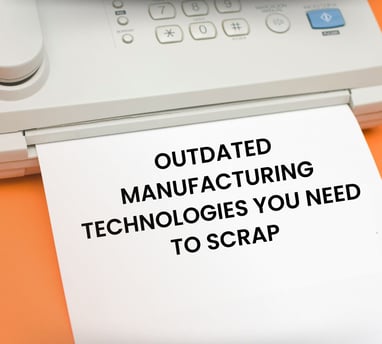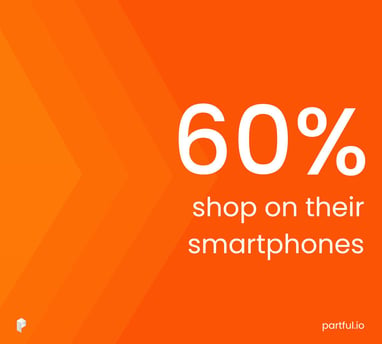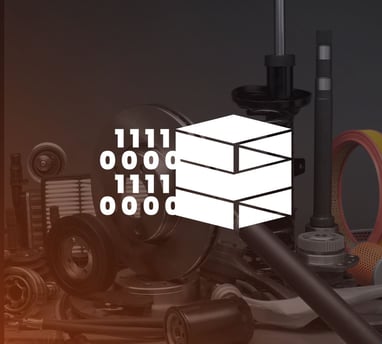Instruction manuals are a common source of frustration for engineers. Despite the huge investment of time that goes into creating detailed guidance documents, engineers still often find themselves struggling.
The reality is that the 2D visual format used in traditional manuals has never been easy to follow. And this is not the only issue. Engineers don’t always have access to the latest documentation and can easily find themselves working with old manuals that provide outdated guidance. A study conducted for the European car industry found that the most common source of failure with manuals was that information was not up to date.
Things are changing, however. The mainstream adoption of digital twin technology is helping to transform instructions for the aftersales care of products. 3D replicas can now be hosted on online platforms, providing engineers with guidance that manufacturers can keep up to date, in real-time.As these digital manuals are always available to view on a smartphone or tablet computer – and easily translated into several dozen languages – manufacturers’ instructions are also becoming more accessible to more people.
The superior imagery provided on these platforms is perhaps the most significant advancement, however. Anyone who has ever put together flatpack furniture will have some insight into how hard it can be to follow 2D-printed instructions.
3D digital imagery offers a totally different experience. This approach has been proven to help people complete tasks 50% faster. A sophisticated 3D instructions platform will also allow engineers to rotate models to match their view of the product in front of them. They can then pull these digital replicas apart, zoom in closer and inspect the products’ various components.
Supported by animations and enhanced graphics, engineers can follow step-by-step instructions that show them how all the parts within a product fit together. This is transforming how repairs and maintenance jobs are conducted, enabling work to be completed faster, safer and with fewer mistakes.
This is a fantastic development for manufacturers as it ensures engineering tasks are completed in the most efficient, cost-effective manner – reducing product downtime, better supporting customers and enhancing brand loyalty.
It is providing a simpler, more enjoyable experience for anyone working on their products. In addition, it also supports the personal development of engineers. As these animated instructions are accessible on handheld devices, it enables practical education in situ – facilitating ‘learning in the flow of work’.
Engineers can receive training at a time when it is most relevant, most likely to resonate and most likely to be remembered. It is a style of training that is in stark contrast to those old school, off-site training events that come at huge expense and take engineers out of the workplace for days at a time.
Enhancing work instructions with 3D models is proving to be hugely empowering for even the most experienced of engineers. And that benefits everyone – engineers are better supported, customers gain a better standard of service and the product manufacturer receives a welcomed boost to their reputation.


